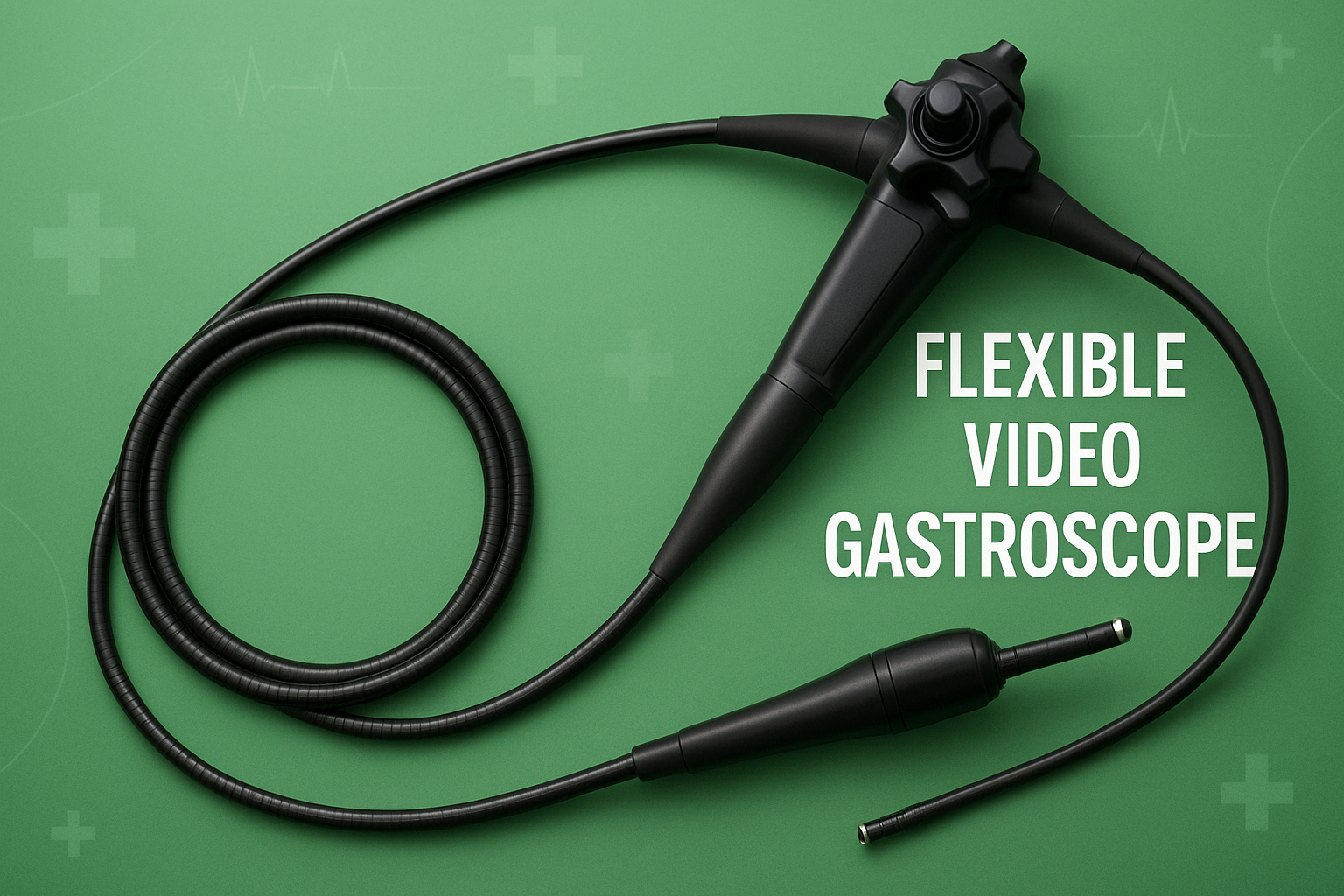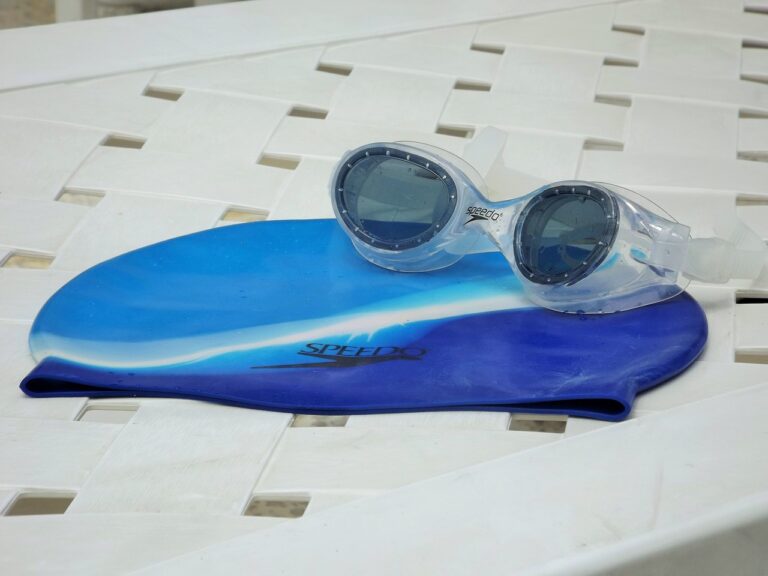Understanding the Flexible Video Gastroscope: A Revolutionary Tool in Gastroenterology
Modern medicine is constantly evolving, and in the realm of gastroenterology, one of the most groundbreaking advancements is the Flexible Video Gastroscope This medical instrument has transformed how physicians diagnose and treat gastrointestinal disorders, offering high-resolution imaging and minimally invasive access to the upper digestive tract. As the name suggests, it’s a flexible device equipped with a video camera, allowing doctors to view real-time images of the esophagus, stomach, and duodenum with unprecedented clarity.
The development of the Flexible Video Gastroscope represents a major leap from traditional rigid endoscopy systems. Its flexibility allows for greater maneuverability inside the body, reducing discomfort for patients and improving diagnostic accuracy for clinicians. With growing demand for early detection of gastrointestinal issues such as ulcers, tumors, and internal bleeding, this technology has become a cornerstone of gastrointestinal diagnostics and patient care.
What is a Flexible Video Gastroscope?
A Flexible Video Gastroscope is a slender, tube-like medical device fitted with a tiny, high-definition camera at its tip. It is inserted through the mouth and gently guided down the throat into the esophagus, stomach, and the first portion of the small intestine. The video camera transmits images to a monitor, enabling the physician to visually inspect the mucosal lining of the gastrointestinal tract in real time.
The device also comes with a channel through which small tools can be inserted. These tools allow the doctor to take tissue biopsies, remove polyps, or treat bleeding sites without the need for open surgery. This combination of visual capability and therapeutic utility makes the gastroscope a highly versatile tool.
Key Features and Advantages
The Flexible Video Gastroscope offers numerous features that make it superior to older diagnostic tools. Some of the standout features include:
1. High-Resolution Imaging
Modern flexible gastroscopes deliver ultra-clear, full-color images that allow doctors to identify even the most subtle abnormalities, such as precancerous lesions or mild inflammation.
2. Enhanced Flexibility and Control
Unlike rigid scopes, the flexible version can bend and twist to follow the natural curves of the gastrointestinal tract. This makes it easier to reach difficult areas and enhances patient comfort during the procedure.
3. Real-Time Diagnostics
With the ability to view the gastrointestinal tract in real time, physicians can make immediate decisions regarding biopsy, treatment, or referral. This reduces the need for multiple appointments and accelerates the diagnosis-to-treatment timeline.
4. Minimally Invasive
The procedure is less invasive compared to surgical interventions, and most patients recover quickly without any complications. Sedation is usually light, and the risk of adverse effects is minimal when performed by skilled professionals.
5. Therapeutic Applications
Beyond diagnostics, the Flexible Video Gastroscope is used in various therapeutic procedures, such as removing foreign objects, controlling bleeding, and inserting feeding tubes. This makes it an all-in-one tool for a range of gastrointestinal interventions.
How the Procedure Works
The process of undergoing an examination using a Flexible Video Gastroscope is straightforward and safe. Here is a typical step-by-step overview:
-
Preparation: The patient is asked to fast for 6–8 hours before the procedure to ensure the stomach is empty. This enhances visibility and reduces the risk of aspiration.
-
Sedation: Although not always necessary, mild sedation or local anesthetic to the throat is often administered to help the patient relax and minimize discomfort.
-
Insertion: The scope is gently inserted through the mouth and guided into the upper digestive tract. The real-time video feed allows the physician to carefully inspect the lining of the esophagus, stomach, and duodenum.
-
Biopsy or Treatment (if needed): If any abnormalities are found, the physician may take small tissue samples or perform minor treatments using instruments passed through the gastroscope’s working channel.
-
Completion: The scope is slowly withdrawn, and the patient is observed briefly until the sedation wears off. Most individuals can return home the same day.
Clinical Applications of Flexible Video Gastroscope
The Flexible Video Gastroscope is used in a wide array of clinical scenarios:
-
Detection of Ulcers and Gastritis: It helps identify the presence and severity of ulcers, inflammation, and infections such as H. pylori.
-
Screening for Cancer: Especially useful in detecting early signs of esophageal, gastric, and duodenal cancers.
-
Foreign Body Removal: Can safely retrieve objects accidentally swallowed.
-
Treatment of Bleeding Lesions: Through cauterization or clip application.
-
Monitoring Chronic Conditions: Like Barrett’s esophagus or Crohn’s disease.
Safety and Risks
While the procedure is generally safe, there are minor risks, as with any medical intervention. These can include:
-
Mild throat irritation or soreness
-
Temporary bloating from air introduced into the stomach
-
Rare cases of bleeding or perforation (especially if biopsies are taken)
However, these complications are uncommon and are usually managed effectively by experienced medical professionals.
Technological Innovations in Gastroscopy
As demand for precision and comfort in medical diagnostics grows, manufacturers are constantly innovating. Modern Flexible Video Gastroscopes come equipped with features such as:
-
Narrow Band Imaging (NBI): Enhances the visibility of blood vessels and mucosal structures.
-
Autofocus and Zoom Capabilities: Provide detailed close-up views of suspicious areas.
-
Digital Documentation: Enables storage and sharing of diagnostic images for future reference or second opinions.
-
Disposable Sheaths and Infection Control: Designed to reduce cross-contamination between patients.
These advancements contribute to improved patient safety and diagnostic outcomes, further reinforcing the gastroscope’s role in modern medicine.
The Future of Gastrointestinal Endoscopy
With artificial intelligence being integrated into medical devices, future versions of the Flexible Video Gastroscope may feature AI-assisted diagnostics. This could help identify abnormal tissues in real time, reduce physician fatigue, and increase detection rates. Robotics and remote-controlled endoscopy are also on the horizon, promising even less invasive procedures and greater precision.
Furthermore, miniaturization of camera components and enhanced image sensors may lead to even smaller, more patient-friendly gastroscopes that can access narrower or harder-to-reach areas with greater ease.
Conclusion
The Flexible Video Gastroscope has undoubtedly revolutionized the field of gastroenterology. Its blend of high-resolution imaging, flexibility, and therapeutic versatility makes it a vital tool for diagnosing and treating upper gastrointestinal conditions. With continuous innovation and increasing accessibility, it is becoming a standard part of diagnostic care in hospitals and clinics around the world.
From detecting early-stage cancer to treating ulcers and retrieving foreign objects, this device offers unmatched functionality with minimal patient discomfort. As technology continues to evolve, the flexible gastroscope is expected to become even more efficient, user-friendly, and integrated into everyday clinical practice.
Understanding and embracing this technology can lead to earlier diagnoses, more effective treatments, and ultimately, better outcomes for patients suffering from gastrointestinal disorders.







